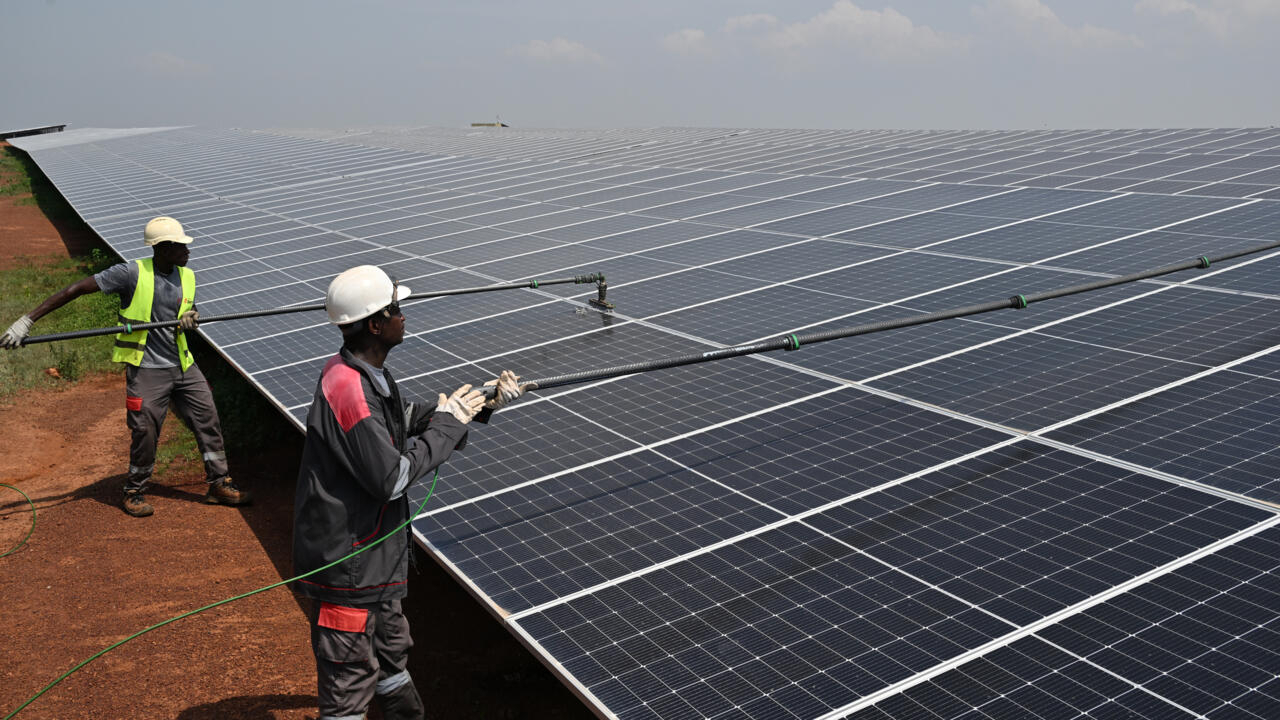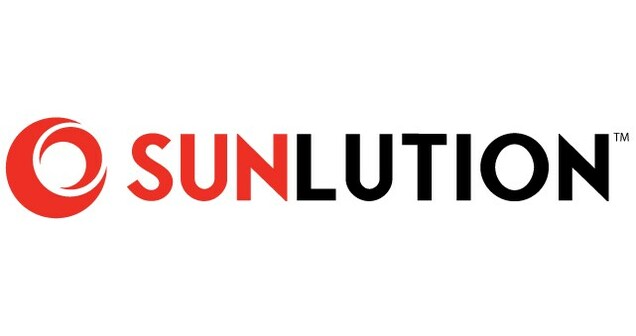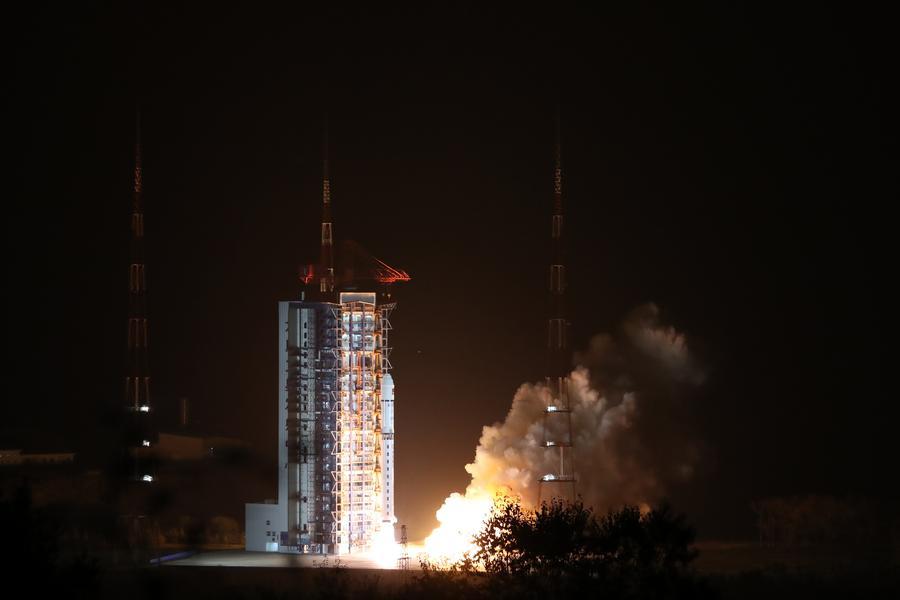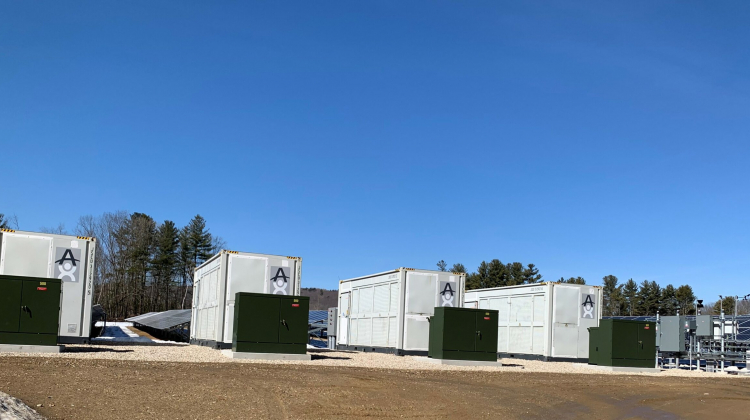The International Energy Agency (IEA) predicts that global investment in clean energy will hit $2 trillion this year, doubling the amount allocated to fossil fuels. This marks the first time combined investments in renewable power and grids have surpassed fossil fuel spending.
Significant Shift Towards Renewable Energy
IEA Executive Director Fatih Birol emphasized the rapid growth of clean energy investment, even amid challenging economic conditions. He stated, “Clean energy investment is setting new records, highlighting the momentum behind the new global energy economy.” This shift underscores the global commitment to reducing carbon emissions from fossil fuels, which are driving climate change.
Driving Factors: Supply Chains and Costs
The report attributes this surge in clean energy investment to improving supply chains and decreasing costs. Investment is flowing into solar panels, wind turbines, electric cars, heat pumps, and nuclear power generation. Notably, combined investment in renewables and nuclear power for electricity generation is now ten times that of fossil-fuel power, with solar energy leading the charge. China is the largest investor in this sector.
Solar PV Investment Leads the Way
“More money is now going into solar PV (photovoltaic panels) than all other electricity generation technologies combined,” the report highlighted. Over the past two years, solar panel costs have dropped by 30%. By 2024, solar PV investment is expected to reach $500 billion, driven by falling module prices. In contrast, global upstream oil and gas investment is projected to rise by 7% in 2024 to $570 billion, mirroring a similar increase in 2023.
Challenges and Regional Disparities
Despite these positive trends, the IEA warns of significant imbalances in energy investment flows worldwide. In many regions, clean energy projects remain prohibitively expensive. Excluding China, the $300 billion invested by emerging and developing economies falls far short of meeting their growing energy needs. Birol stressed the importance of directing investment to areas where it is most needed to meet these demands.
Future Investment Needs
To meet medium-term global goals for reducing harmful carbon emissions, the IEA states that worldwide investment in renewable power must double by 2030. This ambitious target underscores the urgency of scaling up clean energy investments to support sustainable development and mitigate climate change.
In summary, the IEA’s report highlights a pivotal shift in the global energy market, with solar energy investment leading the way. As costs decrease and supply chains improve, clean energy investments are poised to reshape the energy landscape, driven by the urgent need to address climate change and foster sustainable growth.
Source:france24.com





